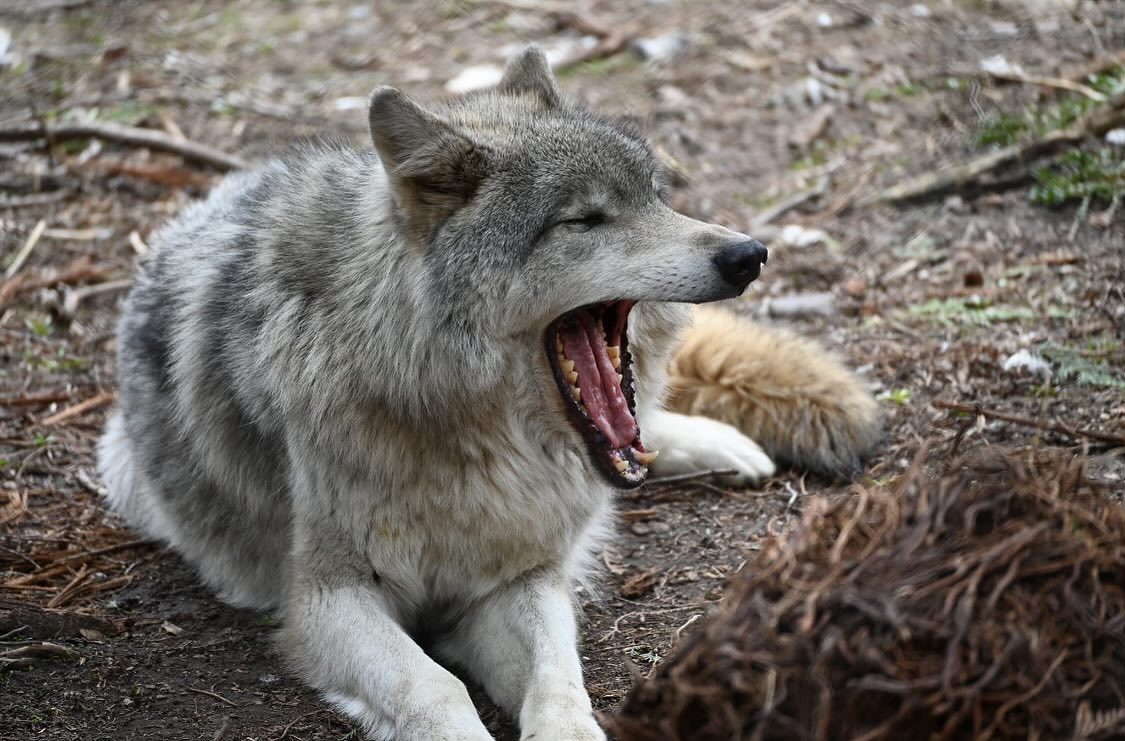- The anthropomorphic association of wolves with sports team mascots
- The biological realities of wolf behavior and the complexity of their social structures
- The significance of conservation efforts for wolves and their ecosystems
- The role of zoos in wildlife conservation and education
- The challenge of balancing entertainment with educational messaging in sports and wildlife interactions
In today’s world, sports team mascots often draw inspiration from the magnificent creatures with whom we share our planet. The Minnesota Timberwolves are no exception, adopting the wolf as their emblem of teamwork, strength, and tenacity—qualities that resonate both on the basketball court and in the wild. As game day rolls around, the enthusiasm and excitement are palpable. Among the cheering fans, images of mighty wolves amplify the spirit of competition and camaraderie. However, beyond the cheers and high paws lies a world filled with fascinating biological realities, complex social structures, and an urgent need for conservation efforts.
Wolves have long captivated the human imagination as symbols of wild, untamed lands and as embodiments of social cohesion and strategic hunting prowess. Wolf packs are renowned for their intricate kinship and rank dynamics, often led by an alpha pair that determines the movement and decisions of the group. Each member plays a critical role within these packs, from ensuring successful hunts to rearing pups and maintaining territory boundaries. The social nature of wolves inadvertently aligns with the team-based dynamics seen in sports, making them fitting figures for athletic inspiration.
However, the real-life behavior of these apex predators and their role in ecosystem balance often contrasts with their media portrayal. Wolves are keystone species, playing a vital role in maintaining the health of the ecosystems in which they live. By preying on various game—primarily ungulates such as deer and elk—wolves help regulate populations and ensure healthy and resilient landscapes. Through trophic cascades, their presence can increase plant biodiversity and improve river stability, showcasing the interconnectedness of all life within an ecosystem.
The conservation efforts to protect these enigmatic animals and their habitats have been challenging and rewarding. Wolves were historically persecuted and eradicated from large parts of their range due to conflicts with human activities, primarily livestock farming. This led to significant ecological disturbances, some of which we are still trying to understand and mitigate today. The contentious politics of wolf conservation require an informed public to engage in constructive dialogue and policy-making. Reintroduction and protection programs, such as those in Yellowstone National Park and other wilderness areas, have demonstrated that with commitment and cooperation, populations can be restored, benefiting broader ecological health.
Furthermore, zoos play a vital role in wildlife conservation and public education. Modern zoos focus on providing their inhabitants with enriched, naturalistic habitats that promote natural behaviors and well-being. They also serve as sites for research, breeding programs for endangered species, and education about the pressing issues facing wildlife around the globe. By presenting animals in a way that emphasizes their ecological roles rather than their entertainment value, zoos can bridge the gap between human audiences and the distant wildlands that many will never have a chance to visit.
The involvement of charismatic mega-fauna such as wolves in team branding presents both opportunities and challenges. The sports entertainment industry can reach vast audiences, potentially fostering appreciation and concern for the plight of wild wolves. However, there is a delicate balance to be struck in ensuring that such representations do not trivialize these creatures’ real struggles for survival.
Game day excitement can and should be harnessed to promote awareness concerning these animals’ important role in our world. It’s pivotal for organizations, teams, and fans alike to remember and respect the living symbols behind sports mascots. As the Minnesota Timberwolves charge onto the court, they carry with them the spirit of the wolf, reminding us of the grand tapestry of life these animals weave and our responsibility to protect it.
As the crowd’s roar echoes and the game unfolds, let it be a reminder of the wild chorus of howls that once filled the vast American landscapes. A reminder that, through concerted conservation efforts and education, we can ensure that this voice of the wilderness is not silenced. As we celebrate each play, each point scored, let it be a testament to the resilience of these majestic creatures and the ecosystems they underpin. With every game day, may we be motivated to act as stewards of the wild, keeping the high paws for not just our team but for the entirety of the natural world we share with the wolves. The synergy between sports enthusiasm and wildlife stewardship forms a powerful alley-oop, slam-dunking conservation goals into the hearts of a global audience.
*****
Source Description
🗣️ GAME DAY GAME DAY! Let’s go @timberwolves! 🐺 High paws and good luck from our pack to yours!
📸: Jayme


